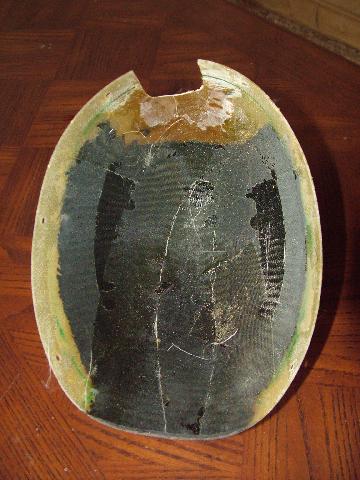Ron Lee
Well Known Member
After seeing the 7A flipover in England I had my 6A nosegear shortened 1 inch by Langair. This required the shorter nose wheel fork.
This past week I added carbon fiber to the front part of the nose wheel pant to act as a skid plate in case I encounter a rut/pothole.
I have three layers going from the bottom up to the tip. Two on each side towards the back then two across the tip (left to right).
It is strong and was designed according to sound TLAR engineering practices.

This past week I added carbon fiber to the front part of the nose wheel pant to act as a skid plate in case I encounter a rut/pothole.
I have three layers going from the bottom up to the tip. Two on each side towards the back then two across the tip (left to right).
It is strong and was designed according to sound TLAR engineering practices.





